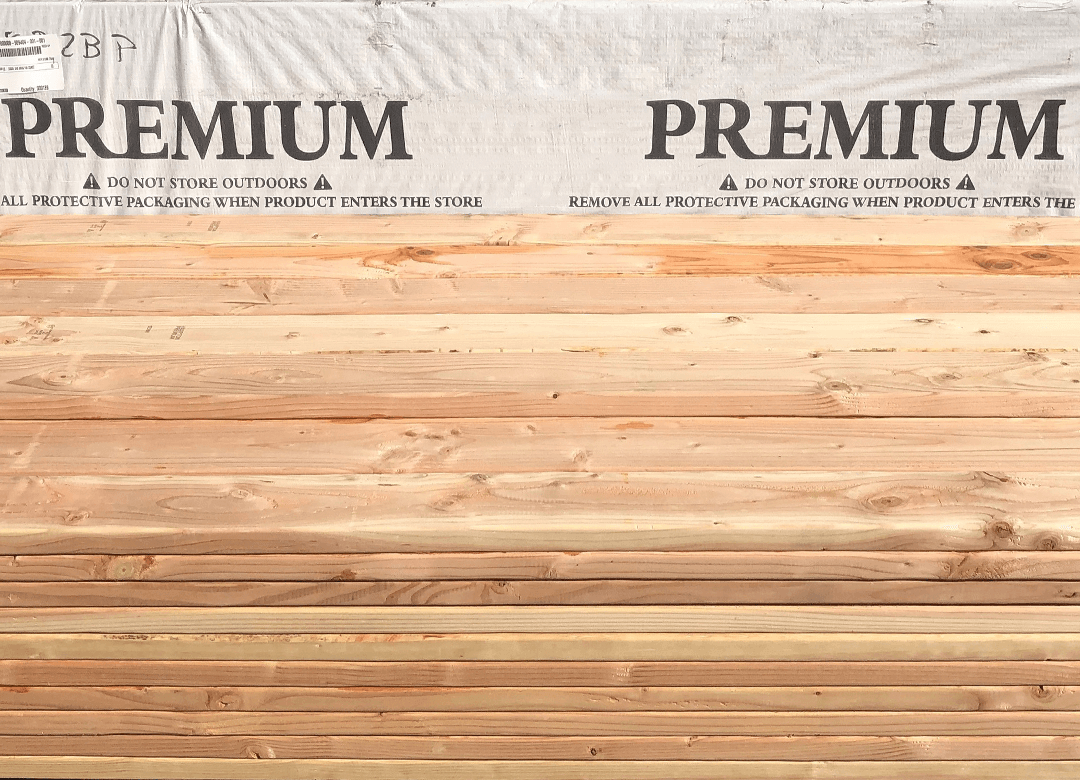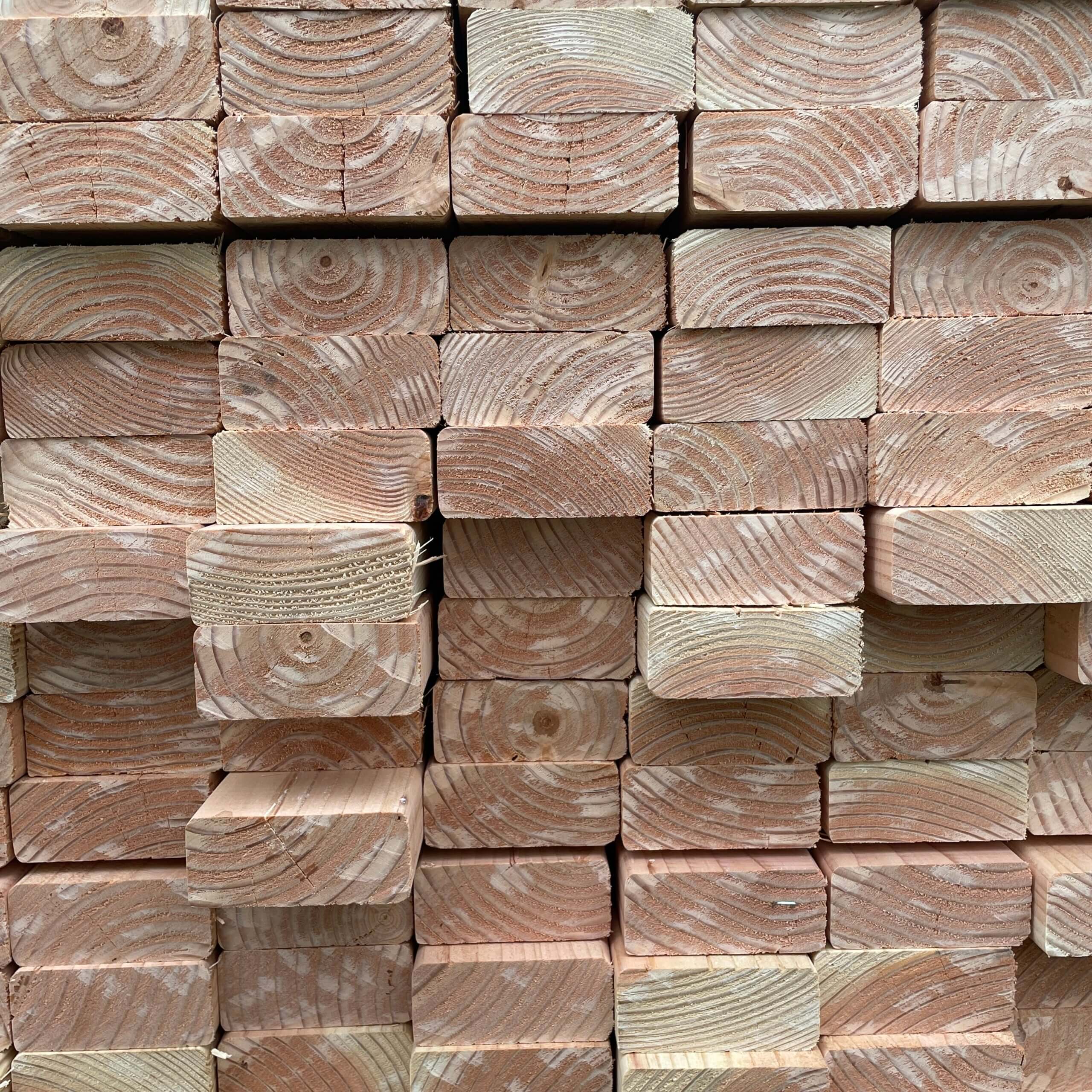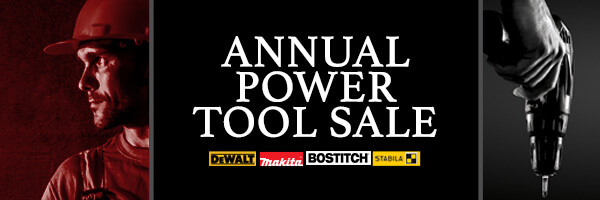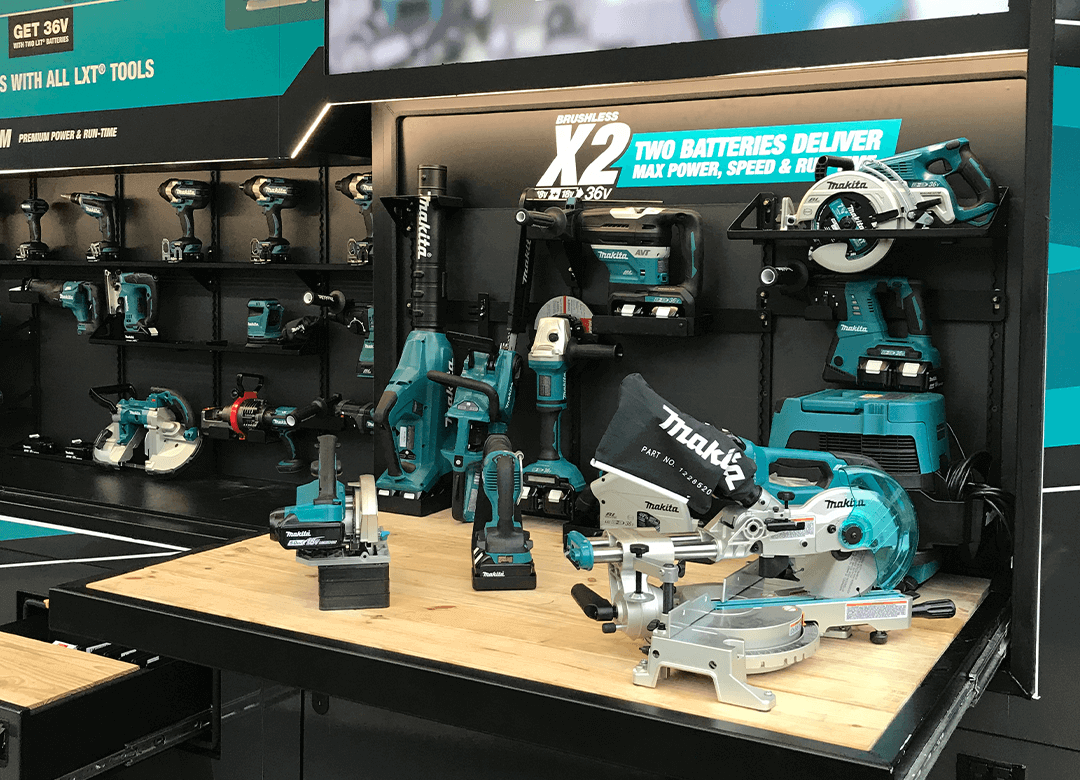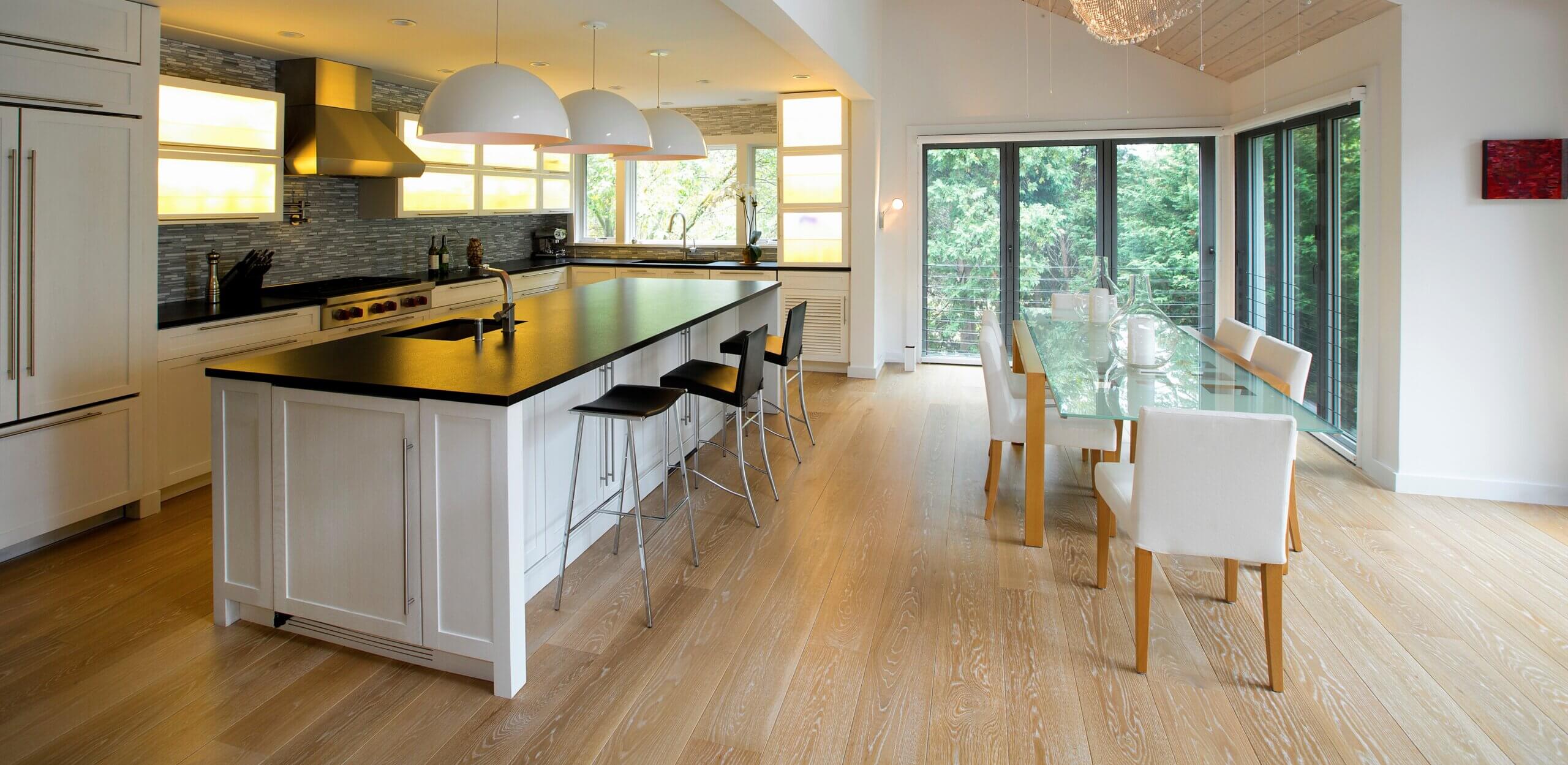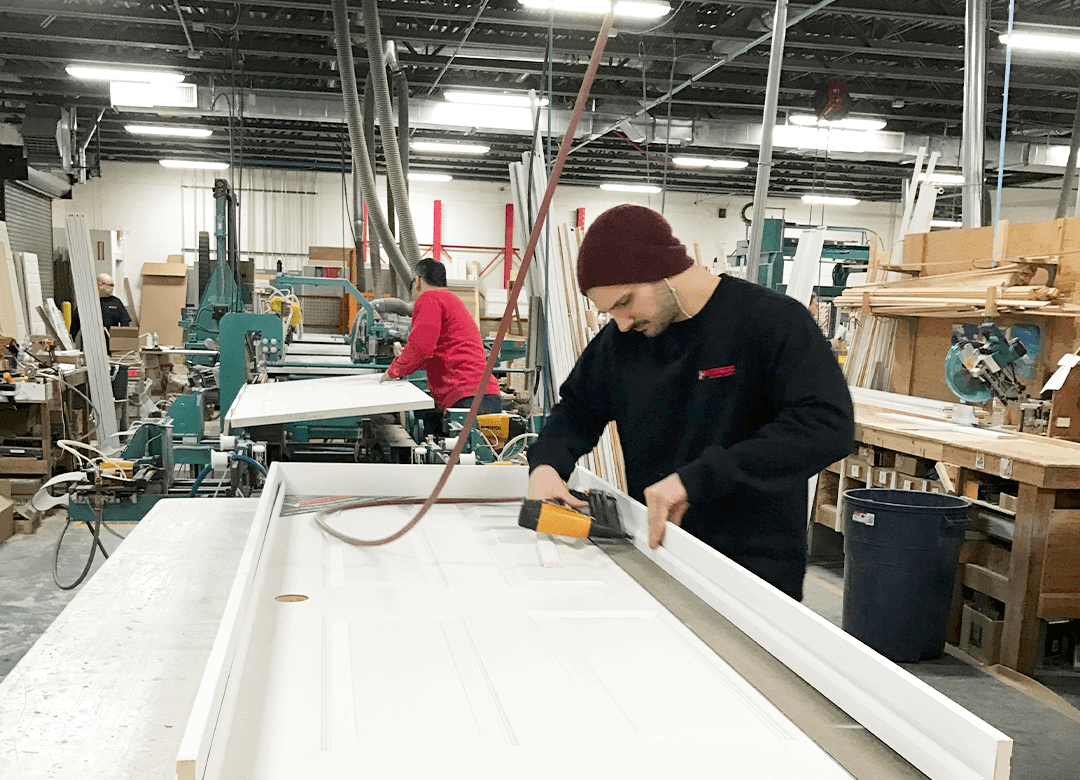Today’s homeowner is a smart and diligent person, with access to global resources in the palm of their hand. Your clients have done their homework, and know the basics of what is going on behind the drywall. How do you think they feel when they see the materials delivered to their home for their new nursery, the finished basement that will become a playroom for the kids, or the long awaited spa-like bathroom renovation?
The choices are no longer about just the structural specifications of the framing material (which, of course, is specified by your local building code anyway). The conversation now is about what the lumber looks like, how much moisture content it has, how straight and true each piece of material is, does it have a full face for driving nails and screws, is it going to stay straight once installed, is it contributing to potential mold growth?
If you don’t think your clients notice what you’re putting in their walls, think again. This discussion thread, with user photos, is from a Houzz.com member questioning precisely what is going in the walls of her new addition.
What’s more interesting than the homeowner’s concerns are the replies from some of the builders and carpenters, saying in effect, “that’s what all lumber looks like now.”
No, folks, that is NOT what all lumber looks like, at least not at Riverhead Building Supply. Selling premium lumber products is not just a point of pride to us, it’s a good business decision for us, for you, and for the people who live in the homes that it goes into. We take the time to find premium lumber from certified and trusted mills and suppliers. Just as you hold us accountable for the materials you buy from us, we hold our suppliers accountable for what we receive from them. You can shop around and price out framing material and come up with a range of prices, and we know ours won’t be the cheapest. We’re not aiming to sell you cheap lumber. We want to offer you the best product available for your framing package. And, in our opinion, you get what you pay for, not just when you’re building the home, but after the drywall is up and a few years have passed.
Clean, bright, dry framing material looks good when it is delivered, looks good when it is being used, and creates a more consistent framework for your sheathing on the exterior and your drywall inside. It has little or no wane, for better attachment points for screws or nails. Kiln dried material brings a much lower threat of the studs twisting inside the wall cavity. It has a lower moisture content that makes it more stable in the long run. Over time, you’ll see less settling, fewer nail pops or dimples over screws from studs shrinking or twisting, fewer cracks in the drywall. Over the whole build, combining the prices of all the materials needed for new construction or remodeling, such as framing, sheathing, windows, doors, decorative hardware, and trim, the difference of using just any dimensional lumber and our premium will be minimal. Isn’t your reputation, and your time, worth a little added insurance up front to avoid tear-outs, do-overs and callbacks, or damaging word-of-mouth comments from your clients, after the job is complete?
If you want to take deeper look, to peel-back-the-bark so to speak and get your lumber geek game on, here are the facts about dimensional lumber:
Dimensional lumber is the collective term used to describe “2 X” through “4 X” lumber, in certain widths. This guide from the Western Wood Products Association explains how dimensional lumber is graded.
Dimensional lumber is graded for its strength and use as a structural piece of material. In that sense, anything graded and stamped as dimensional lumber (and all structural lumber must carry a grade stamp) will perform to the specifications the WWPA has set forth for that grade. Premium or Appearance lumber is the same material that has been further sorted by how it looks. It is accumulated by pulling the best appearing product from the run of lumber. It has fewer and smaller knots, and no wane. No wane allows the full surface of the board for attachment points for drywall, cabinetry and trim, giving you a better finish. Premium lumber takes a little more effort to select, and results in a brighter, cleaner and better performing piece of lumber in the long haul.
In our Long Island locations, we are transitioning our inventory from Green Douglas Fir (GDF) to Dry Douglas Fir in our 2X4, 2X6 and 2X8 dimension lumber. (Our 2X4 and 2X6 pre-cut studs have always been kiln dried (KD) premium, in all locations, in case you were wondering.) What does this mean to you? Kiln drying is a standard practice in wood production mills that brings green lumber moisture content to a range that is deemed more workable and more stable. With a lower moisture content, it is dry enough that it won’t warp or check while acclimating to its new home, but still has enough moisture to be easy to work with. Expansion and contraction due to moisture will be minimal. Green lumber, on the other hand, will tend to crack, warp and check as the board shrinks in a heated space. KD lumber will stabilize in your home environment more quickly, and you are less likely to experience those problems. Our premium lumber just looks better, too. You will have brighter lumber, without the discolorations of GDF.
We’re confident that this product will save you time by giving you more usable pieces of lumber in every unit. Buying premium lumber from Riverhead Building Supply is one more way to Build Smarter. Build Better.
